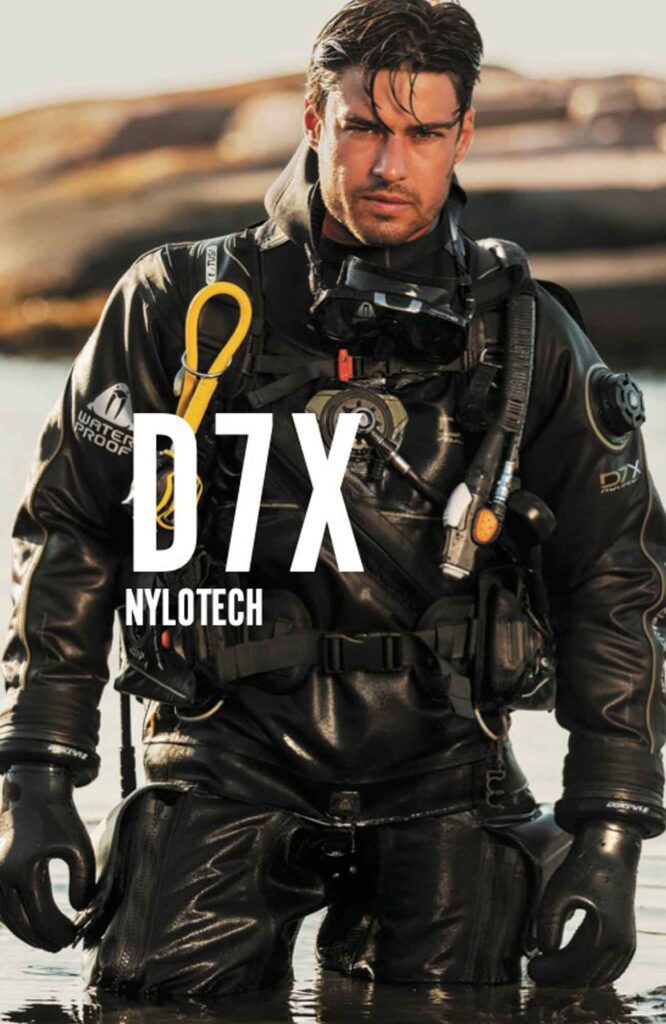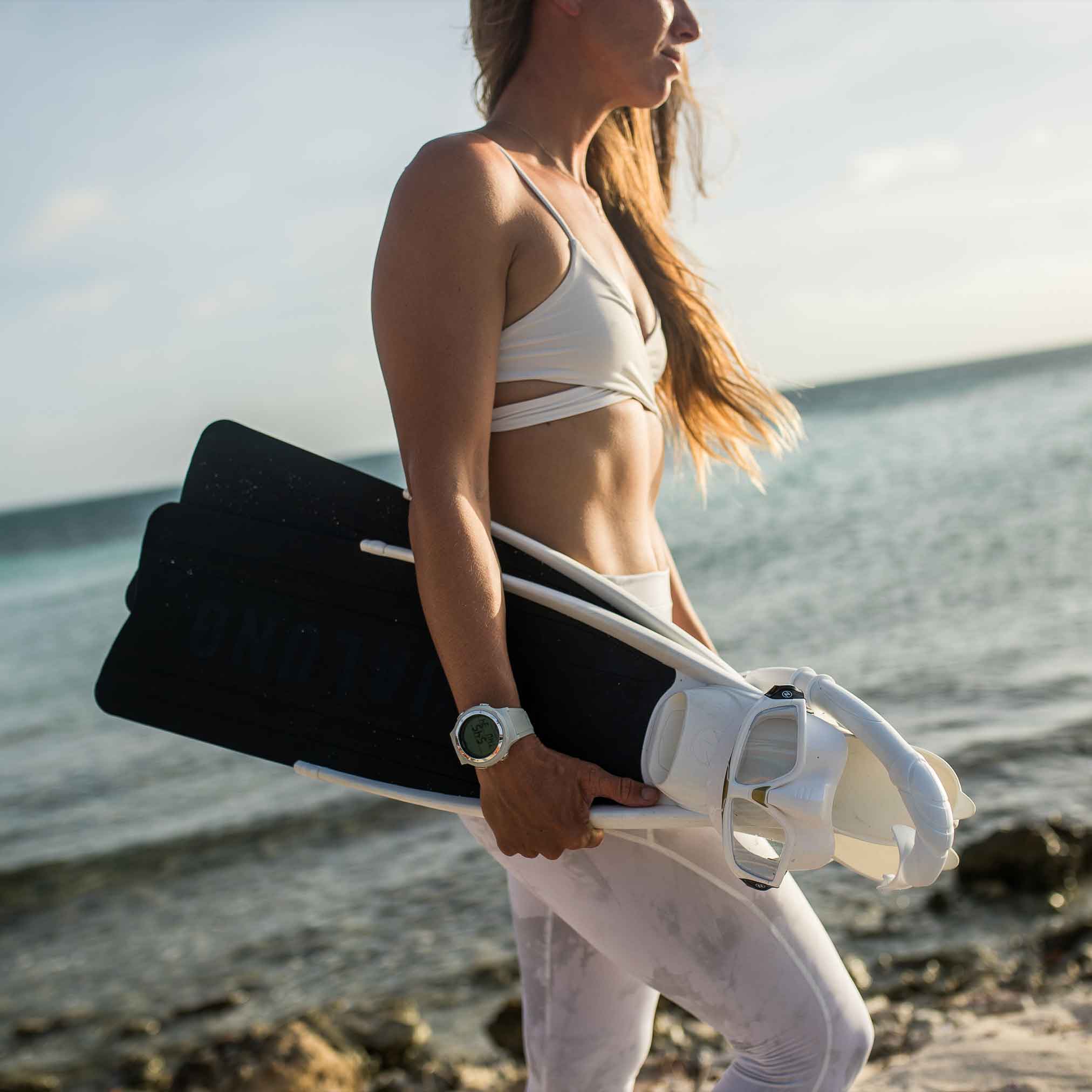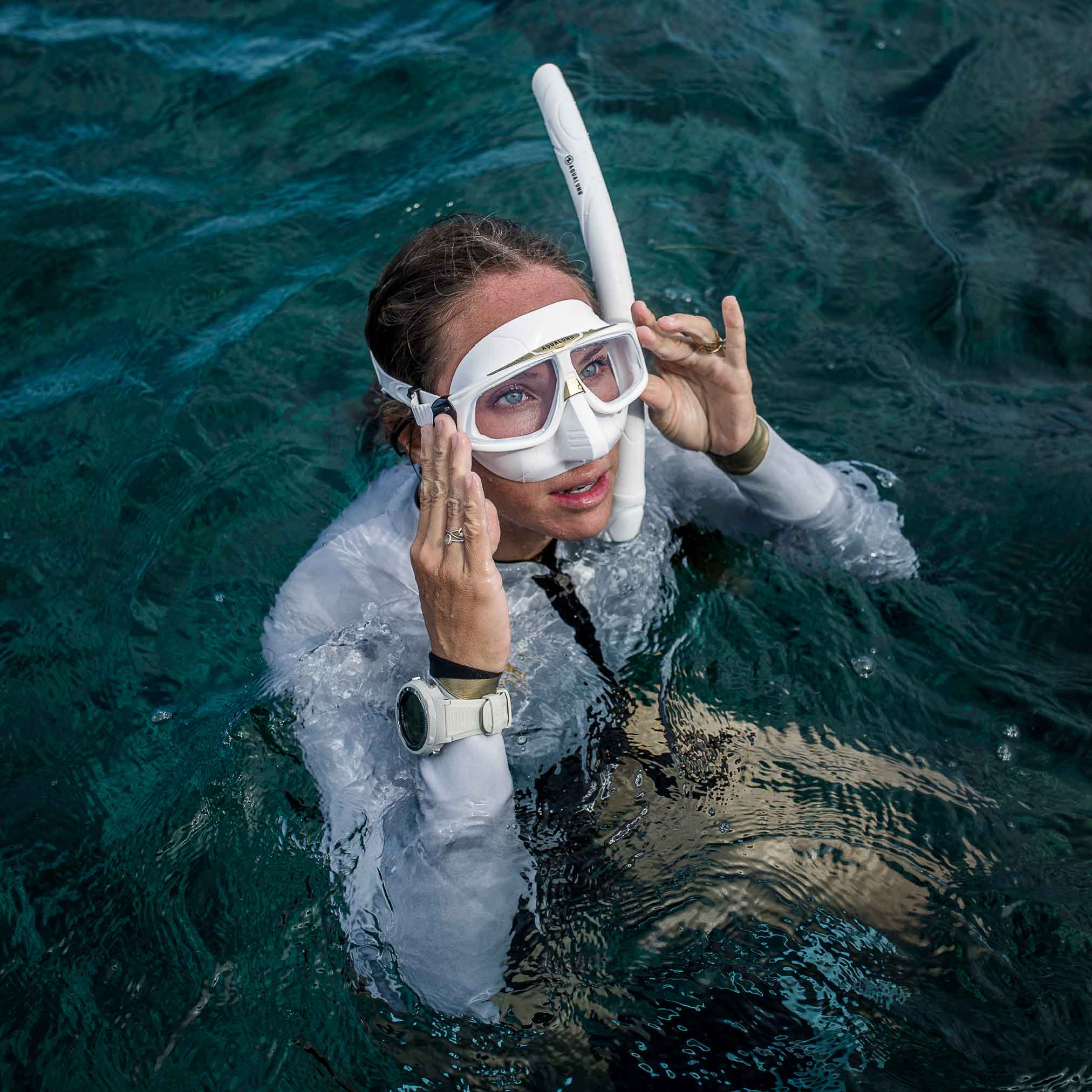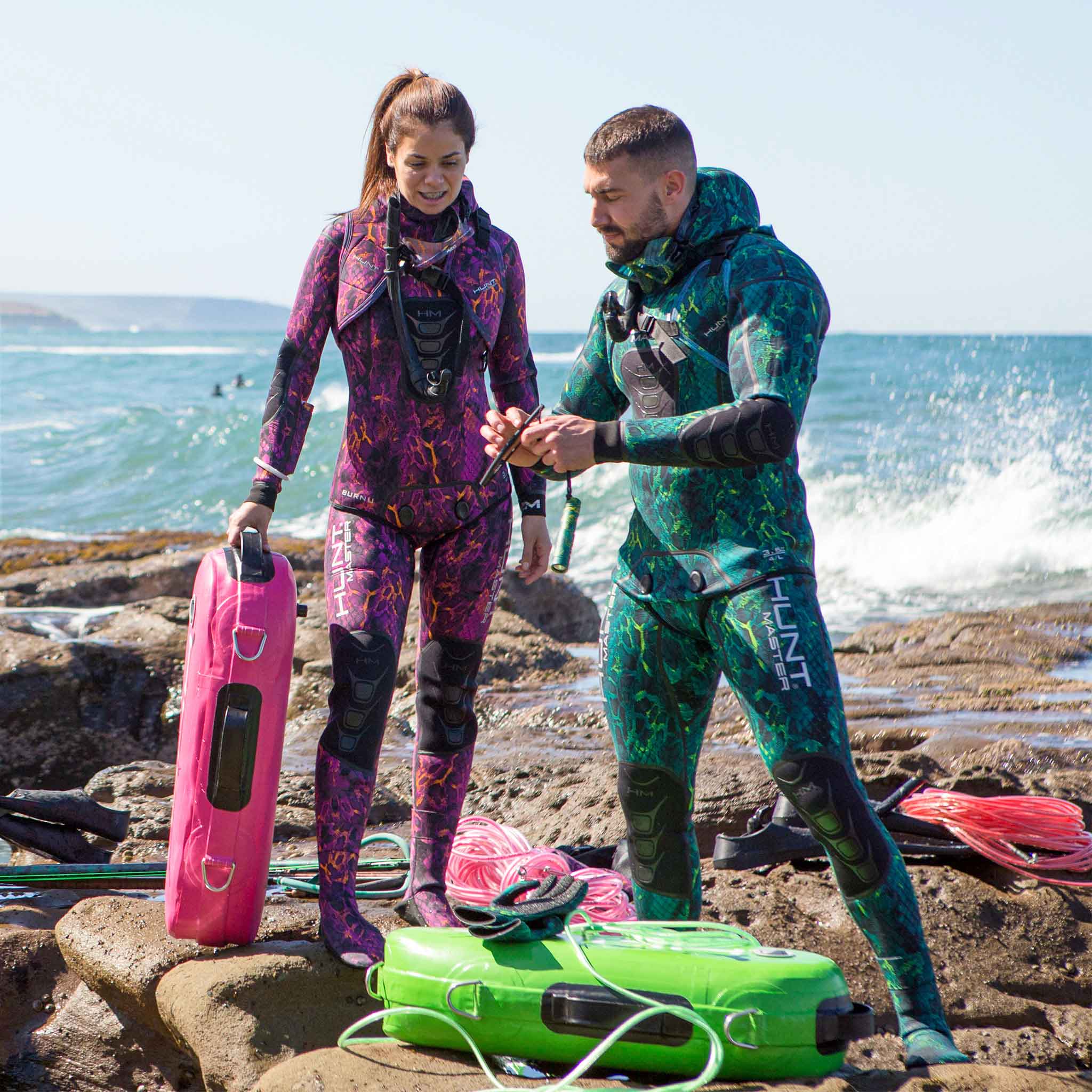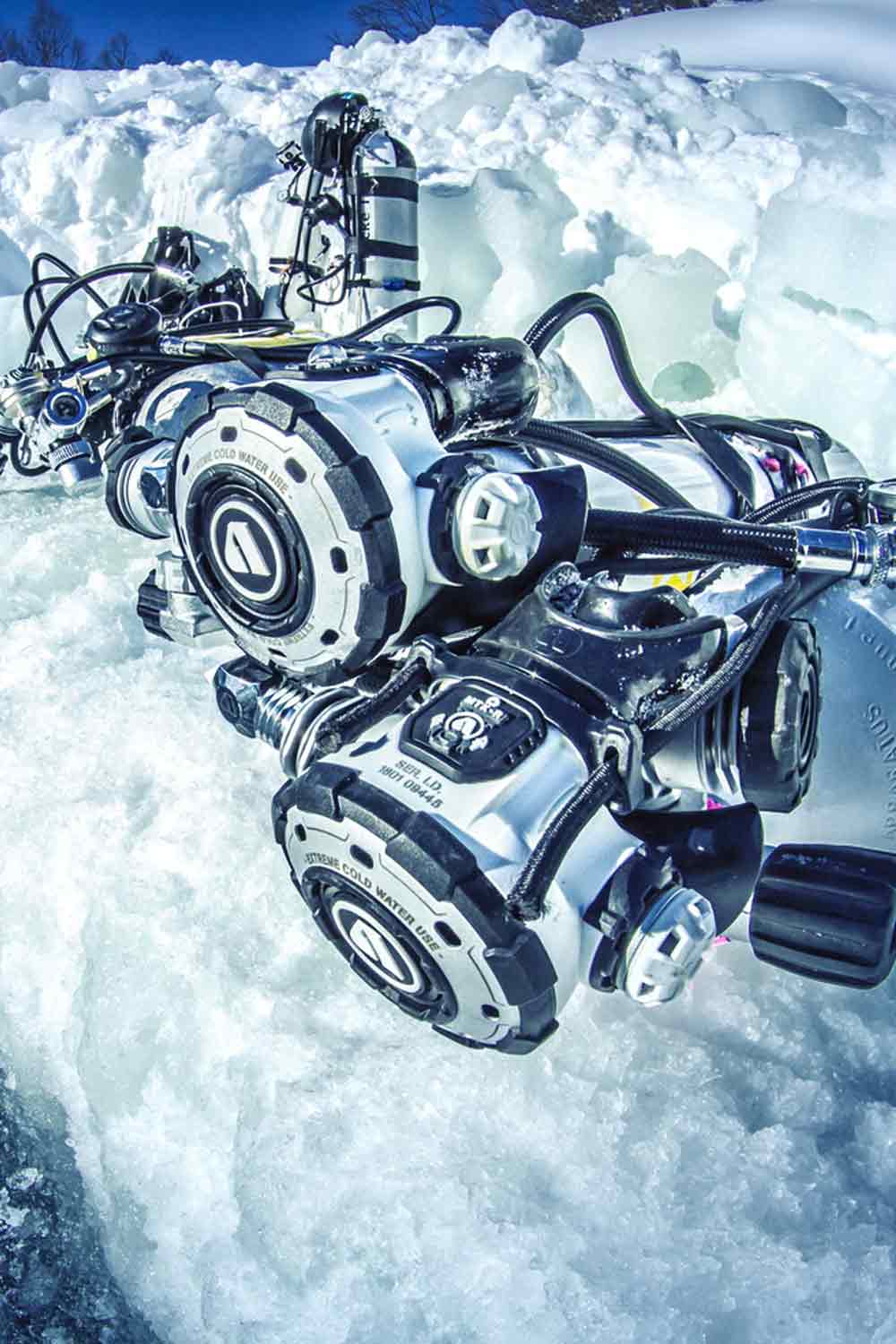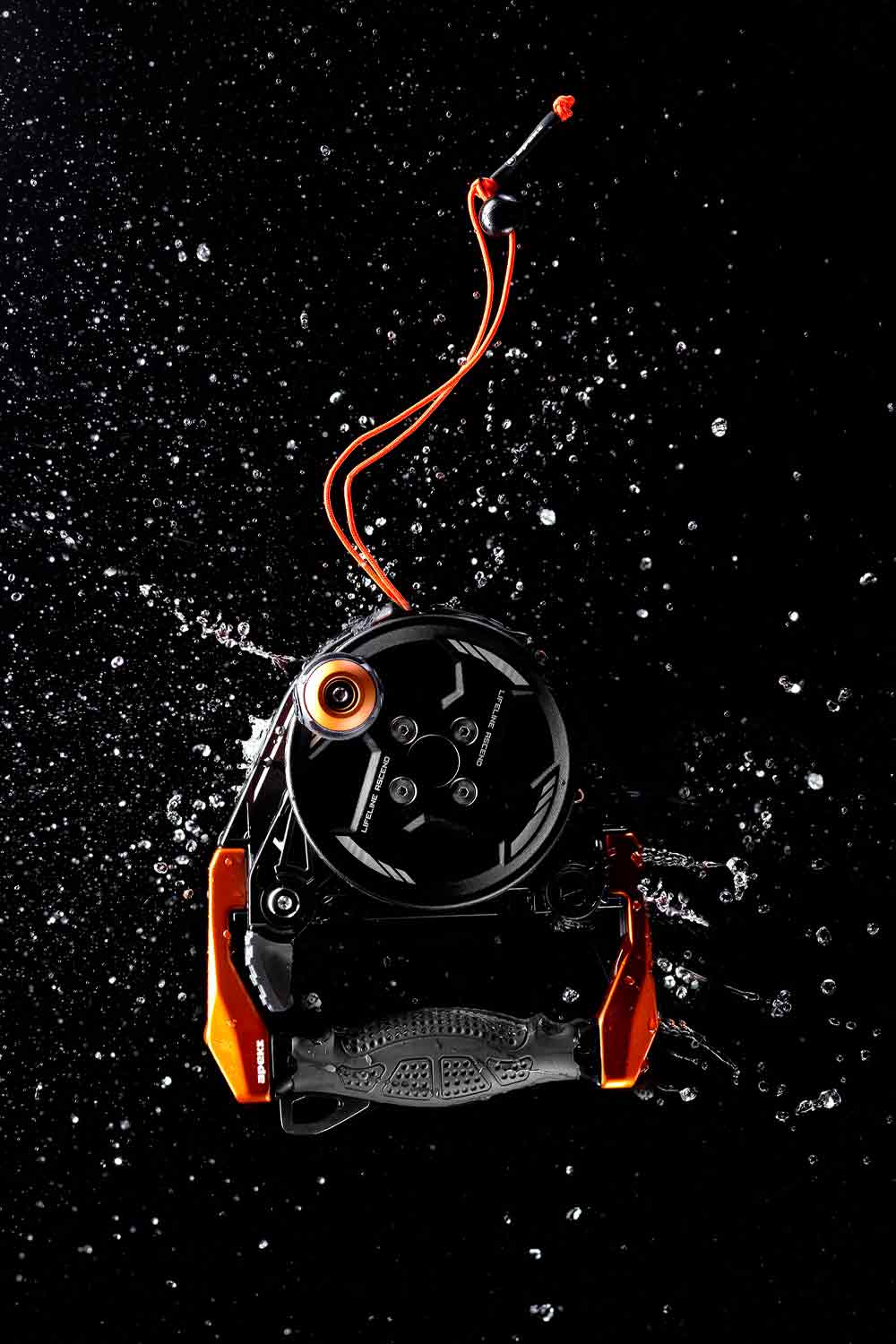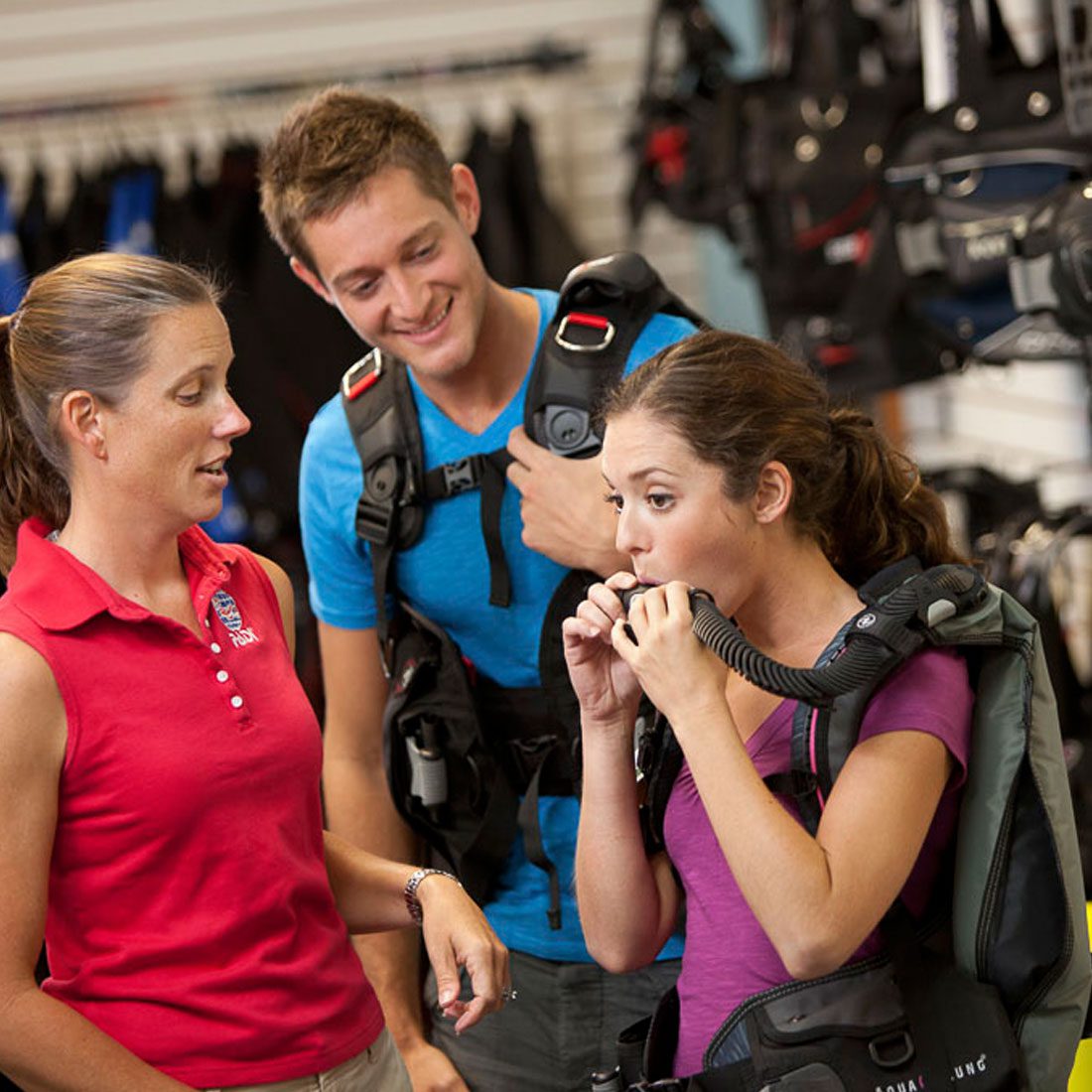Dive Travel
Scuba Diving Komodo Indonesia
Komodo to Flores Dive Trip
Siren dive boat Itinerary for the Komodo islands dive trip with Worldwide Dive and Sail
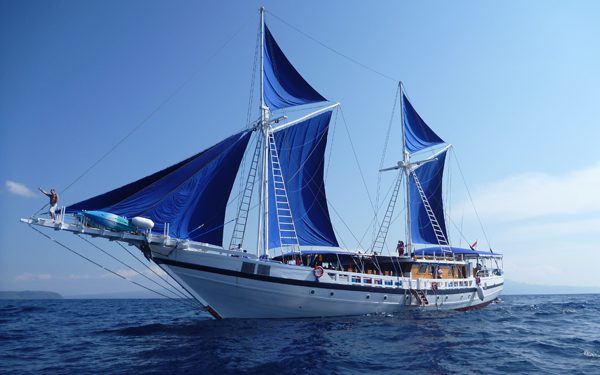
The following is a sample itinerary of where you might dive during your holiday with us. We wish to show you the very best diving, but the number of factors can determine where we visit. Weather, tides, how busy a site is with other dive vessels all play a part in the Cruise Director’s decision of which route the yacht takes. The safety of all passengers on board is paramount, and we always do our best in offering diving at alternate locations. The Cruise Director is happy to listen to requests from guests to visit or remain at certain sites and providing it is possible and the schedule allows, then guest’s requests are respected.
Komodo- 10 Nights- Bima to Bima
Up to 33 Dives including up to 6-night dives
Day 1– Arrive Bima – 1 dive
Meet a member of the Worldwide Dive and Sail crew at the Bima Airport, transfer to the port and board the SY Indo Siren. After boarding, settle into your cabin and assemble your equipment with help from our friendly crew. The boat briefing and dive briefing follow.
Dive 1– Bima Bay: This is an excellent location for a check-out dive with the possibility to find some small critters. Juvenile harlequin sweetlips, peacock flounders, oriental bonitos, frogfish, wire- coral shrimps, pineapple headed shrimps and zebra crabs to name just a few.
Day 2– Sangeang Island & Gili Banta – 4 dives
Up to 4 dives at this small and active volcanic island, where lava ridges can be seen leading to pristine hard and soft corals.
Dive 1- Techno Reef: has dark volcanic sand dotted with black coral bushes and is home to
critters such as pink squat lobster, popcorn shrimps, ghost pipefish, garden eels, long nose hawkfish and cuttlefish.
Dive 2- Estuary: pygmy seahorses can be found clinging to the polyps of the sea fans along the reef slope whilst the sandy patches are a fantastic place to spot sawblade shrimp and a wide
variety of nudibranchs
Dive 3- Hot Rocks: clown triggerfish, boxfish, snappers, blue yellowtail blennies and dragonets, brightly coloured anemones really “pop” against the dark sand, and the bubbles in the shallow
waters are a fascination.
After three dives at Sangeang Island, we cruise to Gili Banta where we make a night dive at the
“Circus” where stargazers and blue-ringed octopus can be found. Following our dive, we sail a short distance into the Komodo National Park to anchor in the sheltered bay.
Day 3– Northern Komodo – 4 dives
We will spend the next seven days diving within the Komodo National Park at a wide variety of dive sites – all offering pristine corals and a wide variety of marine life.
Dive 1 – Coral Garden. The gentle coral slope with huge sea fans and coral bommies mixed with sandy patches makes for a great site for white tip reef sharks and the occasional eagle ray. We then cruise to Gilli Lawa Laut where we will spend the remainder of the day.
Dives 2 & 3 – Choosing from Castle or Crystal Rocks dependent on the currents. These offshore pinnacles barely reach the surface and are a haven for schooling fish. White tips and
grey reef sharks are common, schools of fusileers, snappers and surgeonfish line up in the currents. Eagle rays cruise by, and Napoleon wrasses are often inquisitive, allowing divers to
approach for a close-up.
Dive 4 – Night dive in the bay – where Mobula and manta rays are known to visit!
Day 4– Gili Lawa Laut & Current City – 4 dives
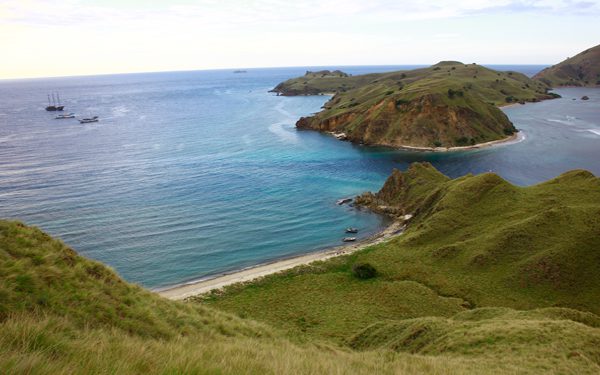
Dive 1- Shotgun! Starting the day with a fast-paced dive, we head to the reef formed between the island of Gili Lawa Laut. The reef is formed of vibrantly coloured soft corals, large table corals and sea fans. We spend time at the coral bommies before moving into the channel and the “fishbowl” A deep ravine where the current gathers and schools of trevallies and snappers move in ever tighter formations. After spending time in the Fishbowl divers then face the “shotgun” as the current pushes you up and over the reef slope to drift behind the island and be collected by our attentive dinghy drivers. A truly memorable experience!
The next dives can be just as current fuelled as we move into “current city” to dive Tattawa Besar and Tattawa Kecil. As we approach the currents can be seen swirling on the surface, and underwater the drift can be fast-paced. White tips, eagle rays, turtles and schools of barracuda and snappers are all to be seen, and there are plenty of places to shelter from the current to relax and watch the show.
Dive 4- Dragon Besar – is where we make our sunset dive to see the mating mandarin fish and picturesque dragonets. Frogfish, pipefish and tiny cuttlefish are also frequent sightings.
Day 5 – Dragon walk & Nusa Kode, Rinca – 3 dives

Rinca Island is home to various species of wild animals such as black buffalo, wild pigs, deer, monkeys and of course the Komodo Dragons. Spend one morning with a park ranger trekking and learning about these legendary animals.
After the dragon walks, we cruise to southern Rinca to the small island of Nusa Kode – the water temperature here can drop to 20Celcius/ 68Farenheit and the water is typically greener than the
rest of Komodo National Park. On the nearby beach, we also see Komodo Dragons and Eagles nesting in the trees.
Dive 1- Cannibal Rock another off-shore submerged pinnacle brings sightings of devil scorpionfish, tasselled scorpionfish, broad club cuttlefish, orang-utan crabs, Coleman shrimp, painted spiny lobster, ornate ghost pipefish, turtles, frogfish and if we are lucky rhinopias.
Dive 2 – Torpedo Alley. The dark sand and coral bommies are ideal for macro critters whilst in deeper water, pygmy seahorses can be found in the gorgonians.
Dive 3- night dive at Cannibal rock or Torpedo Alley
Day 6 – Nusa Kode & Southern Komodo – 4 dives
Making a further three day dives at Nusa Kode we will dive again at Cannibal Rock, Torpedo Alley and to Yellow Wall, named for the abundance of soft yellow corals. This is the site to see the
microscopic “ladybugs” – magnifying glasses are advised! In the late afternoon, we cross to
Southern Komodo to make a night dive on the small wreckage of a fishing boat, which attracts sweet-lips and turtles.
Day 7 –Southern Komodo – 4 dives
We make three dives at “Manta Alley” or “German Flag” – where you can expect to see large numbers of manta rays lining up to be cleaned. Hold on to the rocks and watch the graceful
mantas glide by; twisting in the currents and making it all look so easy! Schools of surgeonfish, triggerfish and jacks along with numerous macro critters can all be seen, but the mantas really do
steal the show.
Night dive at Pink Beach where we look for crocodile flathead, longnose hawkfish, Coleman shrimps and devilfish.
Day 8 – Current City & Gili Lawa Laut – 4 dives
Dive 1 – Pink Beach
Dive 2 – we return to the current city to dive at Batu Bolong or Makassar reef. Manta rays, bumphead parrotfish, white tip reef sharks are just some of the exotic species we see here.
Dive 3 – Gili Lawa Laut Lighthouse. Manta rays have made an appearance here, whilst the slopes full with barrel sponges and gorgonians are ideal for finding pink squat lobsters, cuttlefish, octopus and other mollusc’s.
Dive 4 – Night dive in the sheltered bay
Day 9 – Komodo National Park – 3 dives
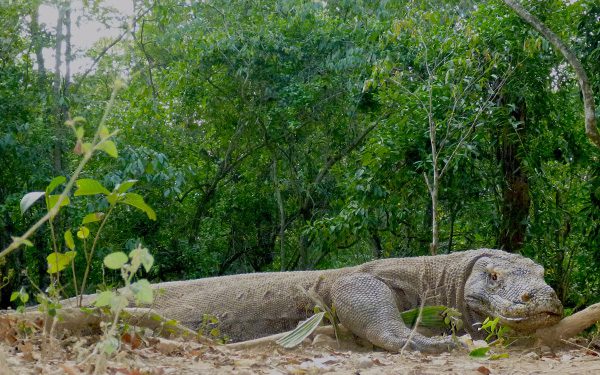
Dive 1 – our final dive at Gili Lawa Laut choosing from Castle rock, Crystal rock, or Shotgun! Before the cruise to Gili Banta to make a further two dives
Dive 2- Roller-coaster – Manta rays, dog-tooth tuna, rainbow runners, golden and bluefin
trevallies. Currents here can be unpredictable, and diving the roller coaster is not recommended for all guests. However, the coral garden is fantastic to explore for crustaceans, mollusc’s and turtles are often seen.
Dive 3 – K2 a shallow reef slope with bommies and a picturesque coral garden in the shallow perfect for that final safety stop. Manta rays are occasional visitors, so looking into the blue is
needed from time to time. Ribbon eels, cuttlefish, banded sea snakes and plakobranchus are just a few of the creatures that draw our attention back to the reef.
After our third dive, we hoist the sails and enjoy a speedy cruise back to Bima Bay.
Day 10 – Bima Bay – 2 dives
Dive 1 – The Unusual Suspects
Dive 2 – Nudibranch Reef
Both sites offer such an array of critters that it’s difficult to list them all! Frogfish, ghost pipefish, juvenile batfish, harlequin shrimp, zebra crabs, seahorses, mimic octopus and of course nudibranchs are all found here. Shallow dives allow for a longer bottom time, and 80-minute dives here are not uncommon!
The number of dives you do is dependent on your onward flight arrangements. The afternoon is spent relaxing and kayaking in the shelter of the bay – or try your hand at some water-skiing. In the evening, enjoy a BBQ on the boat and start planning your next adventure with Worldwide Dive and Sail and the Siren Fleet.
Day 11- Disembark Bima
After breakfast say your farewells, disembark the SY Indo Siren at approximately 10 am and transfer to Bima Airport where you will make your way back to Bali and then home.
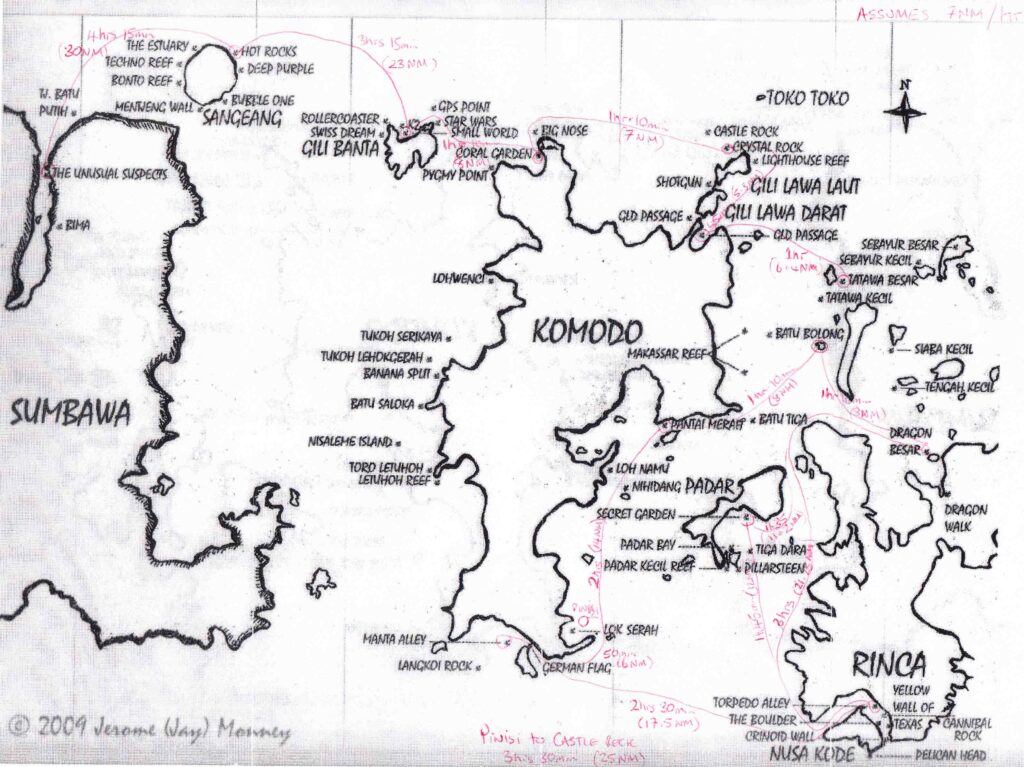
DIVING KOMODO
The Komodo and Rinca islands are the largest of about 80 islands that lie in between the islands of Sumbawa to the west and Flores in the east. Together with an extensive area of the surrounding ocean, they form the Komodo National Park. Established in 1980, the park was declared a Man and Biosphere Reserve and a World Heritage Site in 1986. The park is most famous for its enormous lizards, the Komodo dragon (Varanus komodensis), the biggest reptile inhabiting the world today, but unfortunately endangered. But these islands also offer incredible riches underwater!
CURRENTS
Currents are very fierce, and there are nearly always down currents and large eddies, whirls as well as swells. Why is this so? Geologically, Komodo and Rinca are part of Flores lying on a relatively shallow shelf and are separated from Sumbawa by the Sape Strait where depths are almost 300m. This strait is one of the main channels for the Indonesian Throughflow (as is the Lombok Strait between Bali and Lombok and the Ombai Strait between Alor and Timor), a water movement that starts in the Philippines, flows past Sulawesi on the west and east and then hits the barrier of what is Nusa Tenggara (Lombok, Sumbawa, Flores). From here it finds its way to the Indian Ocean in the south. The Indonesian Throughflow is strongest during the southeast monsoon (June, July, August – a map with the weather in Indonesia) which means, that currents can be really strong here, reaching up to 8 knots
This dive area is only for very experienced divers.

Komodo Dive Sites
Komodo: 1. Tatawa besar (Timur) – 2. Tatawa kechil – 3. Batu Bolong or Current City – 4. Batu Samsia – 5. Batu Tiga – 6. Pantai Mera – 7. Pulau Damar – 8. Tanjung Lelok Sera – 9. Batu Gaja – 10. Toro Bendera or Colleen’s Corner – 11. The End of the world – 12. Manta valley – 13. Toro Moncong – 14. Batu Toko-Toko (castle rock) – 15. Batu Gili Lawa Laut (cristal bommie)
Motong: 16. Kerita Tol – 17. Apple orchard
Rinca and Kode: 18. Cannibal rock – 19. Overhang – 20. Crynoid point – 21. Chinese mound – 22. Lohkima/Buaja
Padar: 23. Pillarsteen – 24. Three sisters
Banta: Tondok Rasa – 26. Tanjung Tondok Rasa – 27. GPS-Point – 28. Galley rock (Ghally’s rock) – 29. Batu Baso


